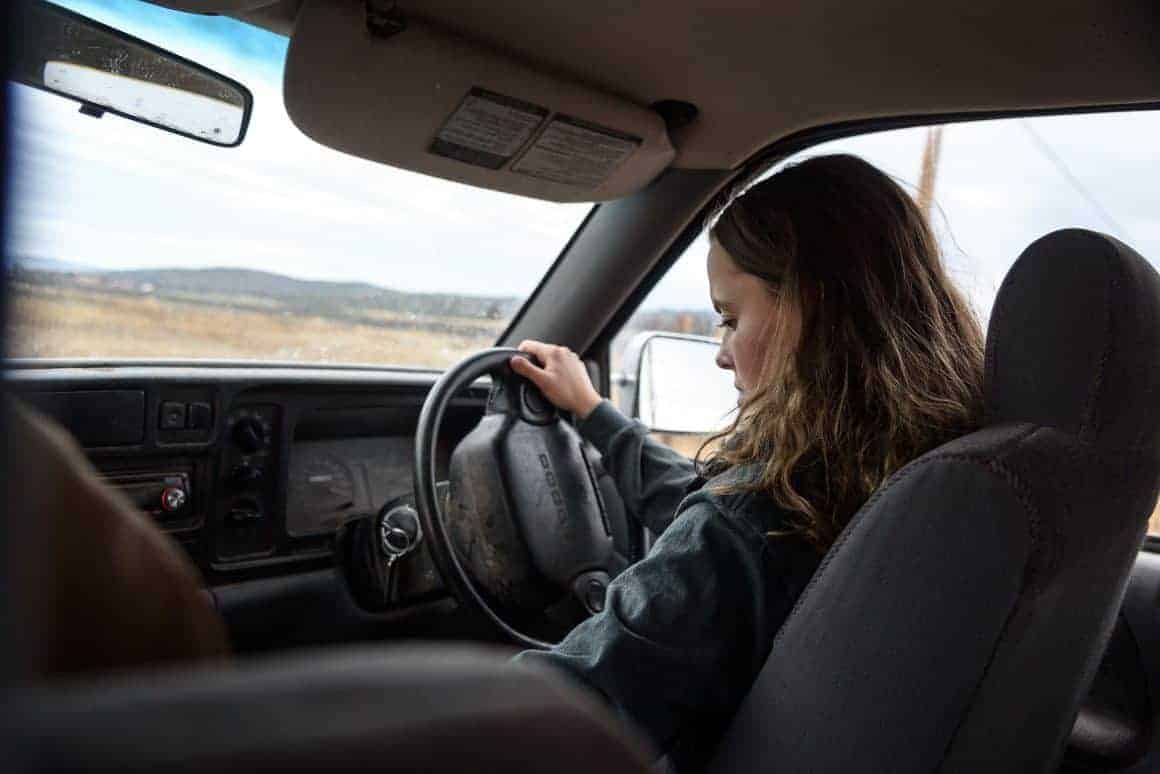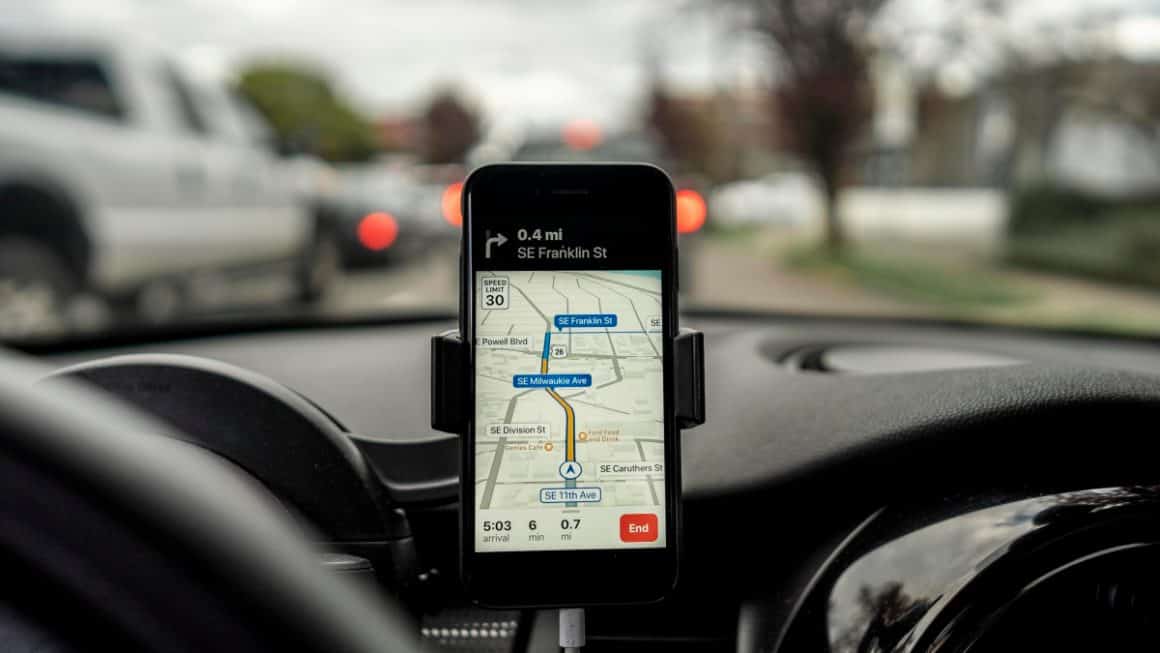Helping your teen learn to drive can be a stressful, emotional experience for both of you. It’s great to see your teen gain some independence, and not having to drive teens everywhere can be a definite perk. But driving is dangerous, and setting your child out on the road by himself or herself can be an overwhelming experience.

Learning to drive is a necessary part of your teen becoming an adult, and the way that you teach your teenager to drive can help to keep him or her safe and reduce the chance of their being in an accident. Be a supportive parent for your child’s safety. Encourage them to participate in driving classes and help them to become the best driver possible.
Check Out Your Teen’s Vision
To ensure that your teen is ready to be on the road, get his or her vision checked before they apply for a learner’s permit. If he or she is experiencing blurred vision, it could risk their safety while driving. Many teenagers experience prescription changes as they grow, and these changes can occur suddenly, resulting in blurred vision. A trip to the eye doctor will tell you just how good their vision is and whether he or she may need a new prescription.
There’s another reason to check into your teen’s blurry vision: it could be related to a health issue. If prescription glasses or contact lenses don’t fix blurriness in their vision, that could be a sign of an eye issue like inflammation or retinal problems. It could also indicate a larger health issue, such as diabetes. Your eye doctor can help to evaluate just what’s going on and refer you to another doctor if necessary before your teenager starts driving.
Help Your Teenager Learn Good Habits

It may be tempting to focus on using driving lessons to teach your teenager good habits, but don’t forget that they will also learn from the example you set when driving. In fact, a parent’s car accident history usually serves as the primary predictor of a teenager’s likelihood of getting into car accidents. When you drive, stay calm, avoid road rage, and practice good habits, like following cars from a safe distance and obeying speed limits. Remember, your child is watching and learning.
When teaching a young driver, be engaged, vocal, and upbeat. Choose routes and times where you can avoid heavy traffic and keep the lessons short when you’re just starting off. Try to stay calm and make the lessons a positive experience. As your teenager gains more experience, be sure to expose him or her to different situations, such as navigating roundabouts, busy intersections, and highways, so your teen will be prepared for anything he or she may encounter when driving alone.
In addition to teaching your child how to drive, don’t forget to teach those important lessons that go along with having a car. Your teen will need to learn how to change a flat tire, what to do in case of an accident, and how to drive defensively in the winter. This is also a good time to talk with them about important money lessons, such as how getting speeding tickets can affect car insurance.
Talk About Technology

In addition to driving lessons, you’ll also need to sit down with your child and talk about cell phone and technology use. Since teen smartphone ownership has increased by 313% in the past eight years, and 95% of teens owned smartphones as of 2018. Young Americans who are between 18 and 24 years old check their phones 84 times a day. With cell phone use at such high rates among young drivers, it’s important to stress that your teenager cannot use a phone while driving.
Review your state’s laws regarding cell phone use while driving with your teenager and talk about the risks of distracted driving. Using a cell phone while driving can reduce the brain activity that’s focused on the act of driving by 37%. Even if your state hasn’t outlawed driver use of cell phones, discuss the importance of why talking on the phone and driving is a bad idea.
Rather than just telling your teenager not to use the phone while driving, spell out specific ways that he or she can stay safe. Encourage your teen to finish calls or texts before getting into the car, and if they find phone notifications distracting, ask them to set the phone to silent before starting the car. Remind them to only check in with friends or family once he or she has reached the destination, and encourage them to memorize directions to locations instead of relying solely on a GPS.
Lastly, remind your teenager how much he or she means to you and to your family. Stay consistent with driving lessons and set some ground rules for when your teen can apply for a license. Even once they have a license, continue to monitor their driving habits to ensure he or she stays safe.


